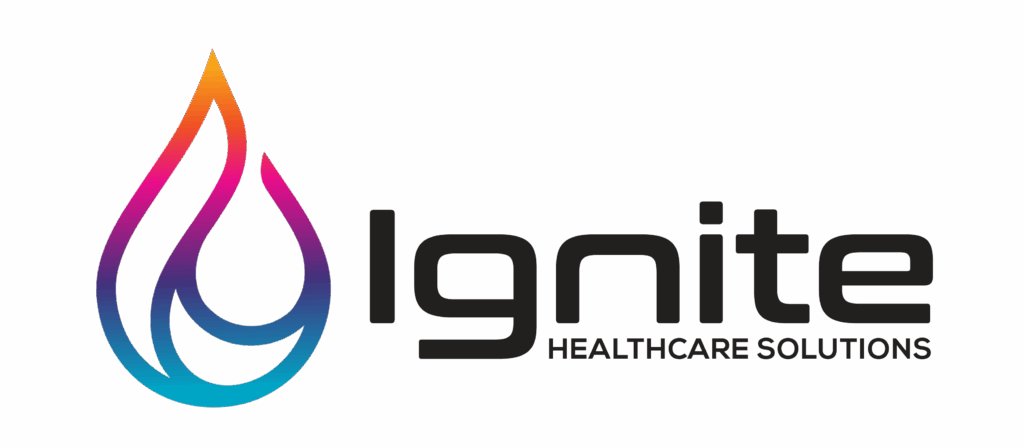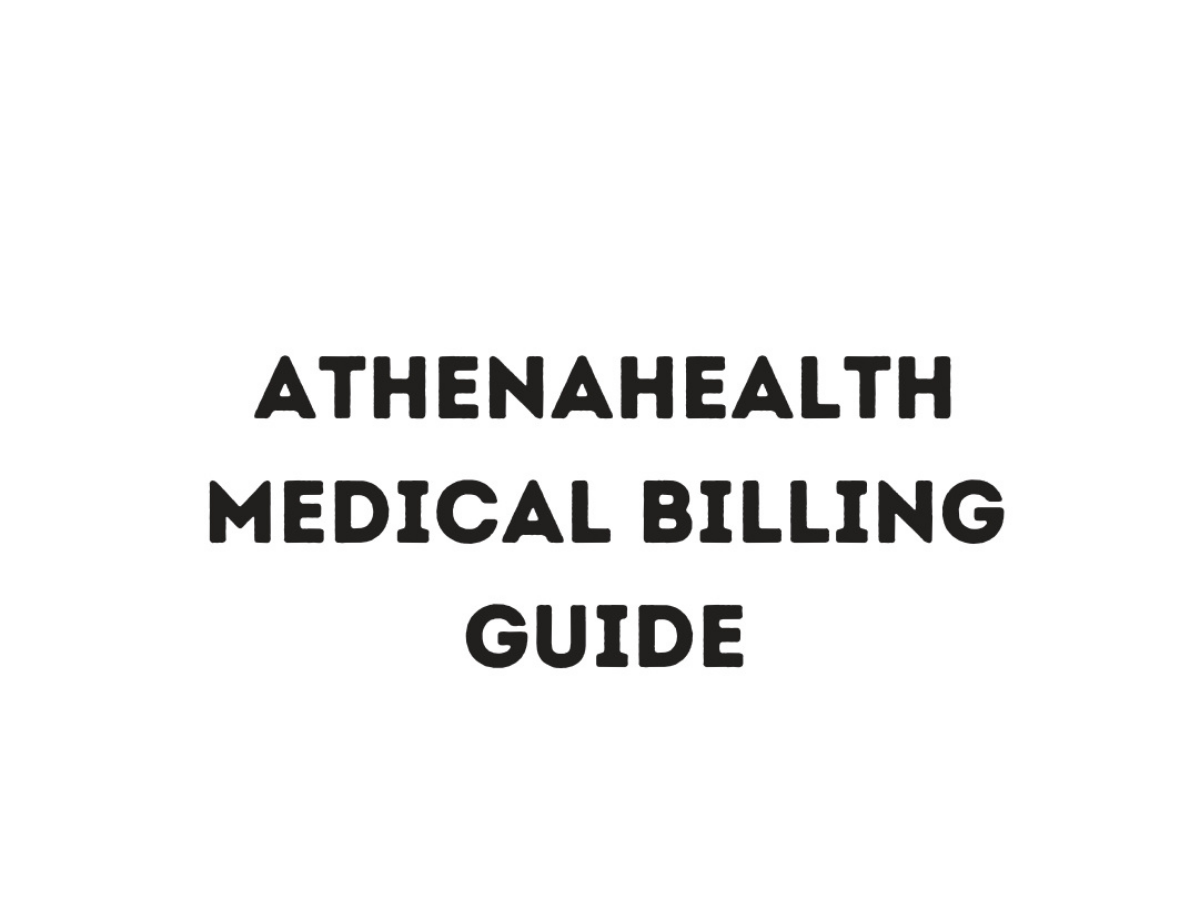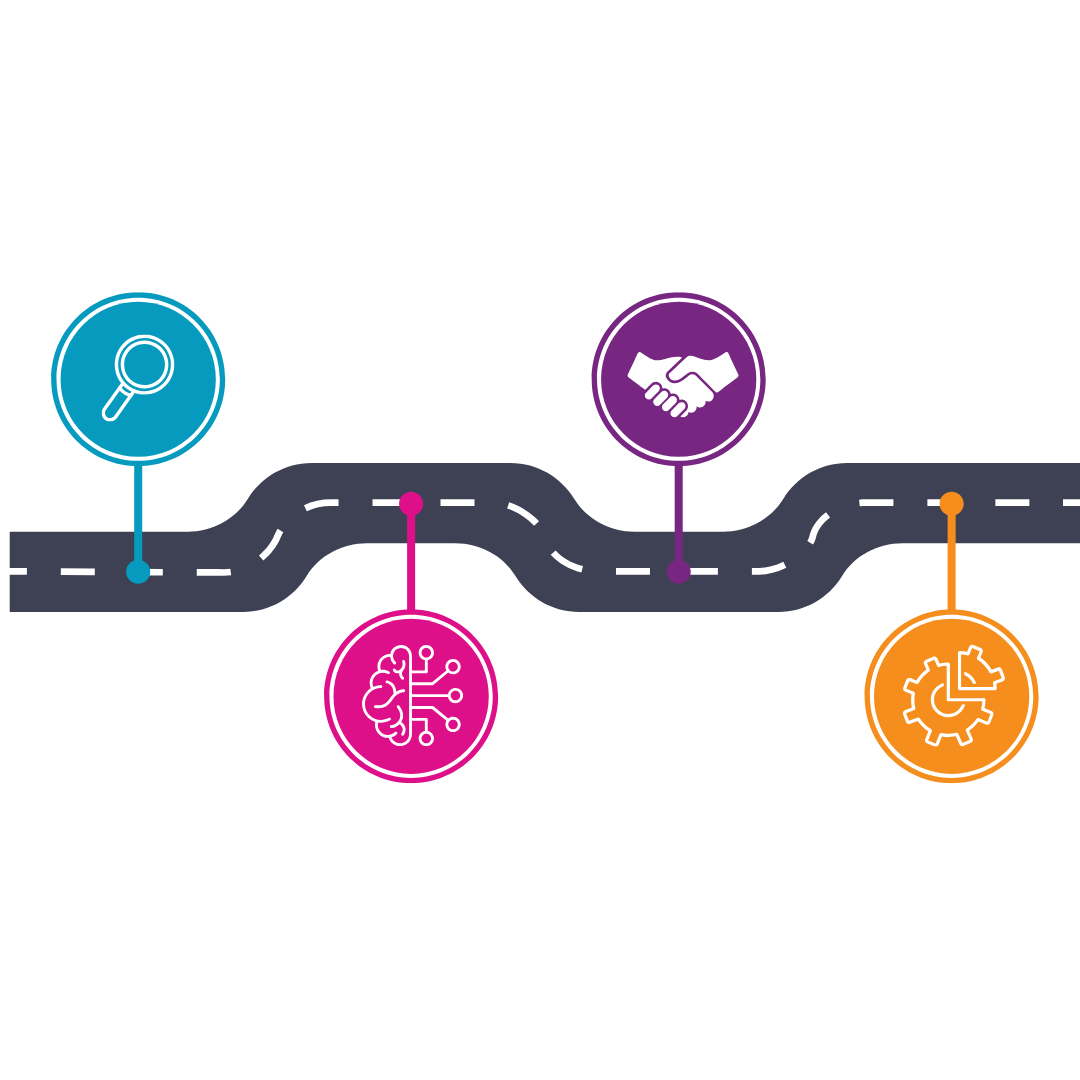1. Introduction to Billing in athenahealth
athenahealth’s billing platform, also known as athenaCollector, is designed to enhance the efficiency of revenue cycle management for healthcare practices. Here are some key features and benefits:
-
- Claims Management: athenaCollector automates the claims submission and tracking processes, ensuring accurate and timely submissions to payers and reduction denial rates.
-
- Denial Management: The platform includes tools to identify, track, and resolve denied claims, providing detailed insights into reasons for denials and suggested corrective actions. Learn more about denial management in medical billing.
-
- Patient Billing and Collections: Automated patient invoicing and collections tools improve the billing experience, making it easier for patients to understand their financial responsibilities and make payments.
-
- Reporting and Analytics: Comprehensive reporting features allow practices to track financial performance, monitor key metrics, and identify areas for improvement in their revenue cycle
-
- Real-Time Eligibility Checks: Practices can verify patient insurance eligibility and benefits in real time, helping to reduce claim denials and ensuring accurate billing.
-
- Integrated EHR and Billing: By combining electronic health records (EHR) with billing, athenahealth enables seamless data flow, which improves accuracy and minimizes administrative tasks.
-
- Patient Engagement Tools: The platform includes features for patient communication, such as reminders for payments and appointment confirmations, which helps improve collections and reduces no-shows.
-
- Compliance and Security: Athenahealth stays updated with regulations, ensuring practices remain compliant with healthcare laws while maintaining data security.
By streamlining these processes, athenahealth’s billing platform helps healthcare practices optimize their revenue cycle, improve cash flow, and focus more on patient care rather than administrative tasks.
Athenahealth’s Revenue Cycle Best Practice Tasks document lists out the worklists and dashboards that all practices should routinely run and monitor to run successful billing operations. The Revenue Cycle Best Practice Tasks is available to organizations with an active athena account: https://success.athenahealth.com/s/article/000008858.
2. Navigating the Workflow Dashboard or Inbox
The athenahealth “Workflow Dashboard,” or more recently known as “Non-Clinician Inbox,” is designed to provide healthcare practices with a comprehensive overview of their financial performance and streamline the billing process. Here’s a walkthrough of key sections:
-
- Claims Management
-
- Missing Slips: Monitor appointments that still require charge entry.
-
- Front End Scrubs, Rejections and Denials: Review, update and resubmit claims. Whether the claim was never submitted to the payer because athena’s Rules Engine identified an error, or whether the clearinghouse or payer denied the claim, practices can correct the error or request an appeal by working the claim from the Hold buckets. Athena organizes these claims into different tiers or categories of Holds based on the severity of the error/denial. Athena allows you to easily filter claims by date, status, or provider to focus on specific areas.
-
- Claims Management
-
- Scheduling & Insurance Verification
-
- Conduct follow up with patients who fail to attend their appointment or who have an upcoming appointment linked to an insurance package that is either unverified or ineligible for coverage on the scheduled date of service.
-
- Manage appointments that need to be rescheduled due to provider availability or appointments that require scheduling based on reminders set by the provider. This ensures you are generating more revenue by getting more patients in the door.
-
- Scheduling & Insurance Verification
-
- Enrollment
-
- Monitor outstanding tasks with payers to setup successful remittance and claims submission processes. This includes ERA, EFT, e-claims, and pay-to address updates.
-
- Enrollment
3. Reporting and Analytics Tools
athenahealth offers robust built-in reporting features that are essential for effective revenue cycle management. Here’s an overview of key reporting capabilities and how they benefit healthcare practices:
-
- Activity Reports: This report will allow you to report on all transaction activity in athenaNet during a given period; it will allow you to answer questions such as: What was the sum of all charges posted in the previous month? And what was the sum of all payments and adjustments posted in the previous month?
-
- A/R (Accounts Receivable) Aging Reports:
-
- Overview: These reports provide insights into outstanding patient balances and payer reimbursements.
-
- Key Features:
-
- Aging Analysis: View outstanding balances segmented by age (e.g., 30, 60, 90 days), helping practices identify long-standing issues.
-
- Collections Tracking: Monitor collections performance over time, enabling practices to see which accounts need immediate attention.
-
- Payer Performance: Assess which payers are consistently late or problematic in their reimbursements.
-
- Key Features:
-
- Benefits: By understanding A/R trends, practices can target follow-ups and improve collection strategies, leading to better cash flow management. Here’s what to look for when A/R stretches past 120 days.
-
- A/R (Accounts Receivable) Aging Reports:
-
- Insights Dashboard:
-
- Overview: athena’s comprehensive suite of performance dashboards and metrics.
-
- More Collections, Faster: Understand key drivers of your fee-for-service revenue and their impact to visit volume, charges, collections, and time to payment. Reports Catered to:
-
- Seeing More Patients
-
- Performing Higher Value Services
-
- Improving Payer Contracts
-
- Increasing Collections Yield
-
- Getting Paid Faster
-
- More Collections, Faster: Understand key drivers of your fee-for-service revenue and their impact to visit volume, charges, collections, and time to payment. Reports Catered to:
-
- Improved Patient Experience: Understand the digital engagement of patients, including use of self-scheduling, online statement payments, patient portal, and more.
-
- Benefits: By tracking these metrics, practices can make data-driven decisions to optimize their financial strategies and resource allocation.
-
- Insights Dashboard:
-
- Tracking Billing Productivity
-
- Overview: Reports in this area help assess the efficiency of the billing team and processes.
-
- Key Features:
-
- Charge Entry Productivity, Claim Notes Productivity, Payment Plan Productivity and Self-Pay Account Management Productivity: Monitor the average times and identify bottlenecks in the process.
-
- Denials Report: Analyze the percentage of claims denied compared to total claims submitted, enabling teams to pinpoint areas for improvement.
-
- Key Features:
-
- Tracking Billing Productivity
-
- How These Reports Help Practices
-
- Proactive Management: With real-time access to A/R reports and financial metrics, practices can proactively manage their revenue cycle, addressing issues before they escalate.
-
- Informed Decision-Making: Detailed analytics empower practices to make informed decisions about pricing, staffing, and patient engagement strategies.
-
- Performance Benchmarking: By regularly reviewing financial performance metrics, practices can benchmark their performance against industry standards or historical data, fostering continuous improvement.
-
- Enhanced Accountability: With clear reporting on productivity and collections, practices can hold their billing teams accountable and incentivize improvements.
-
- How These Reports Help Practices
Overall, athenahealth’s reporting features provide critical insights that help practices stay on top of their revenue cycle management, ensuring financial stability and the ability to focus on patient care.
4. Utilizing the Claims Inbox Tool
-
- Overview: athenahealth’s Claim Inbox tool allows clients to build their own custom queues based on specific payer, front end scrub, denial, procedure code. With this functionality an RCM team can divide up the labor of correcting claims and conducting follow up as well as escalate claims to a supervisor.
-
- Best Practices
-
- Regular Monitoring: Management should monitor the inbox daily to ensure employees are consistently working their assigned queue.
-
- Utilize Analytics: The Performance tab provides a productivity report by worklist or by user, including the number of claims assigned, worked, escalated, pended, released, and not worked.
-
- Best Practices
By effectively using athenahealth’s claims worklists, you can enhance your practice’s efficiency, reduce claim denials, and improve overall revenue cycle management.
5. Automation Features
athenahealth incorporates several automation tools that enhance efficiency in billing and revenue cycle management. Here’s an overview of key features, including recurring billing, batch processing, and various automation options.
-
- Statements and Payment Plans
-
- Setup: athena automatically notifies patients of outstanding balances through paper and emailed statements. Patients move through dunning levels as their balance ages. Practices may set up patients on automated payment plans to allow the patient to make ongoing payments overtime.
-
- Benefits: This automation reduces administrative workload, ensures timely payments, and enhances cash flow management by automatically generating invoices at set intervals.
-
- Statements and Payment Plans
-
- Batch Processing
-
- Bulk Claim Submissions: Athenahealth automatically submits batches of claims to payers and clearinghouses overnight if the practice works all the front-end scrubs and gets the claim into a DROP status.
-
- Efficiency: This feature saves time and minimizes the risk of errors associated with manual entries. Users can quickly submit claims for numerous patients or services, allowing for faster reimbursement cycles.
-
- Batch Processing
-
- Modifier Automation
-
- Overview: Athenahealth can automate the application of modifiers based on the codes entered for services.
-
- Benefits: This reduces the chance of errors and ensures compliance with payer requirements, speeding up the claim approval process.
-
- Modifier Automation
-
- Custom Rules
-
- Setup: Users can create tailored rules based on insurance, department, provider, procedure code and diagnosis code to hold claims for further review.
-
- Benefits: Custom rules help ensure consistency and accuracy in billing, allowing practices to handle unique scenarios effectively.
-
- Custom Rules
-
- Local Rules
-
- Overview: athena will assist in building rules that will automate a specific action on a claim at charge entry. For example, a local rule may be created to automate a different place of service that a payer requires, which no other payer requires.
-
- Benefits: This feature ensures that billing practices align with regional regulations and payer requirements, enhancing compliance and operational efficiency.
-
- Local Rules
-
- Global Rules:
-
- Functionality: Athenahealth maintains a global suite of rules based on payer and regional regulations. Athena will automatically hold a claim if it does not meet the requirements defined by these global rules.
-
- Benefits: Ensures practices stay compliant with their payer contracts and national, state and local laws.
-
- Global Rules:
-
- Exploding Codes
-
- Functionality: This feature allows the platform to automatically expand certain procedure codes into multiple related codes during claim submission.
-
- Benefits: It simplifies the billing process for complex procedures, ensuring that all necessary codes are submitted correctly without requiring extensive manual input.
-
- Exploding Codes
-
- Auto-Claim Creation
-
- Overview: Athenahealth can automatically generate claims based on completed patient encounters.
-
- Benefits: This feature eliminates the need for manual claim creation, reducing administrative burden and speeding up the billing process.
-
- Auto-Claim Creation
-
- How These Automation Tools Benefit Practices
-
- Increased Efficiency: Automation tools significantly reduce the time spent on repetitive tasks, allowing billing staff to focus on more strategic activities.
-
- Reduced Errors: Automated processes minimize the potential for human error, improving claim accuracy and reducing denial rates.
-
- Faster Revenue Cycle: By streamlining tasks such as claim submission and billing, practices can enhance their revenue cycle efficiency, leading to quicker reimbursements.
-
- Scalability: Automation allows practices to scale their operations more easily, accommodating growth without a corresponding increase in administrative workload.
-
- How These Automation Tools Benefit Practices
By leveraging these automation tools within athenahealth, healthcare practices can streamline their billing processes, improve accuracy, and ultimately enhance their overall financial performance.
6. Utilizing the athenaOne Suite
athenaCollector is athenahealth’s specialized billing and practice management solution designed to optimize the revenue cycle for healthcare practices. It combines advanced billing capabilities with comprehensive practice management tools, enabling providers to streamline operations, enhance efficiency, and improve financial outcomes.
-
- Integration with the Broader athenahealth PlatformathenaCollector is integrated seamlessly with other components of the athenahealth platform, including:
-
- athenaClinicals (EHR): This integration allows for a smooth flow of patient information from clinical encounters to billing, reducing manual data entry and the risk of errors.
-
- Patient Engagement Tools: Features like appointment reminders and patient communication enhance engagement, leading to better collection rates and reduced no-show rates.
-
- Integration with the Broader athenahealth PlatformathenaCollector is integrated seamlessly with other components of the athenahealth platform, including:
-
- Integration with Top PayersathenaCollector integrates with a wide range of payers, allowing practices to submit claims electronically and receive responses efficiently. Here’s how this integration works:
-
- Direct Connections: athenahealth has established direct connections with numerous top payers, facilitating real-time claims submissions and responses.
-
- Automated Responses: After a claim is submitted, athenahealth automatically receives responses from payers regarding claim status—such as approval, denial, or requests for additional information.
-
- Real-Time Eligibility Verification: Practices can verify patient eligibility and benefits in real-time, reducing claim denials related to insurance coverage issues.
-
- Integration with Top PayersathenaCollector integrates with a wide range of payers, allowing practices to submit claims electronically and receive responses efficiently. Here’s how this integration works:
athenaCollector enhances revenue cycle management by integrating seamlessly with athenahealth’s broader platform and leveraging automation to streamline billing processes. Its robust features and direct payer connections help practices improve financial performance, reduce administrative burdens, and focus more on delivering quality patient care. By using athenaCollector, healthcare practices can achieve a more efficient, effective, and transparent revenue cycle.
Feeling the pressure of managing billing on your own?
Whether it’s denials, A/R backlogs, or complex athenahealth workflows, we’re here to help. Ignite Healthcare Solutions offers expert, flexible billing support tailored to your needs—so you can stay focused on patient care while we handle the rest.
Not sure where to start? Scheduling a free consultation is quick and commitment-free—it never hurts to talk through your options.



